These vegetarian pancakes make a tasty, light and healthy meal for two. Serve with sour cream or thick Greek yoghurt and ring the changes by using other vegetables instead of carrot, such as finely chopped cauliflower, broccoli, red capsicum or corn – either fresh, tinned or frozen.
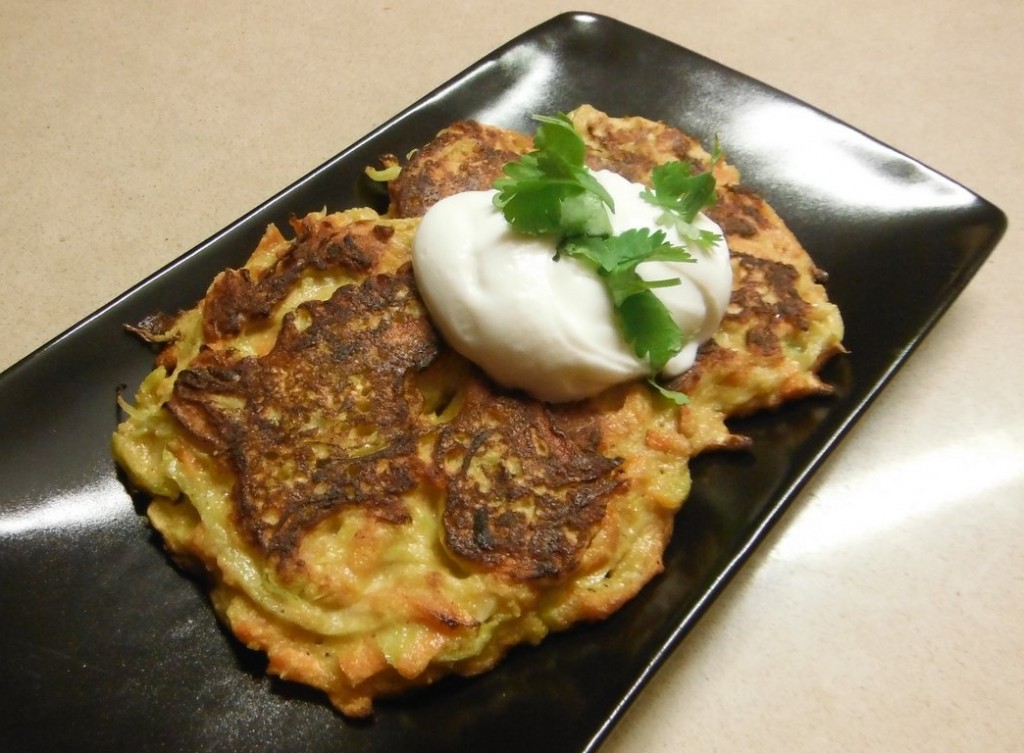 2 eggs
2 eggs
1 large or two smaller carrots, grated
½ cup chopped spring onion, leek or onion
1 green chilli, seeded and chopped
1 clove garlic, crushed
½ cup besan (chickpea) flour
½ cup plain yoghurt
1-2 tsp ground cumin
1 tsp salt
Freshly ground black pepper, to taste
3 Tbs oil to fry
To serve:
Sour cream or thick Greek yoghurt
Fresh parsley or coriander
A spicy Indian chutney
Beat eggs then mix in remaining ingredients except oil. Heat a little oil in a non-stick frying pan and cook the pancakes over moderate heat, 2 or 3 at a time, using 3-4 Tbs of mixture for each one. Cook for 3-4 minutes each side over a low to moderate heat so the pancakes are thoroughly cooked in the middle. If the heat is too high they will brown too quickly on the outside and taste doughy in the middle.
Remove from pan and drain on paper towels. Serve garnished with yoghurt or sour cream and fresh herbs and a dish of chutney on the side.
Makes 6 pancakes
Note: besan flour gives a special flavour and texture, but if unavailable use plain flour. If you like things spicy, use a small red chilli, finely diced, instead of a green one.

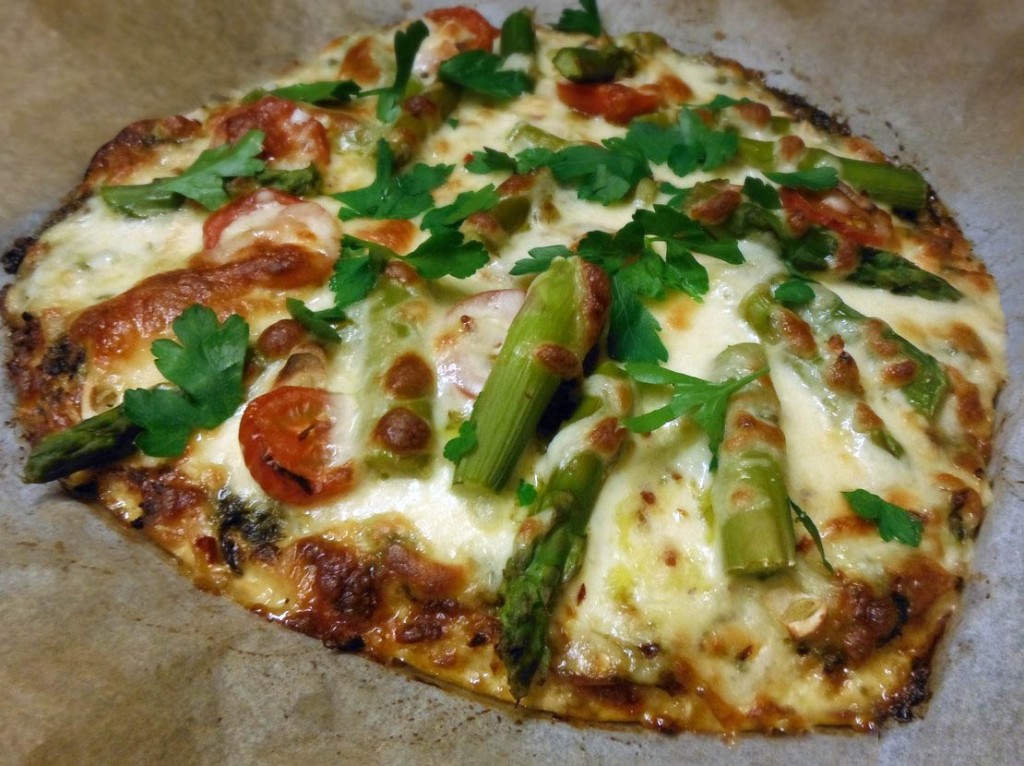
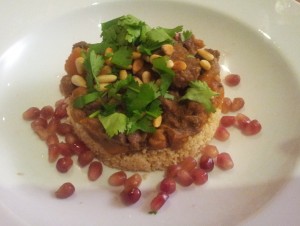

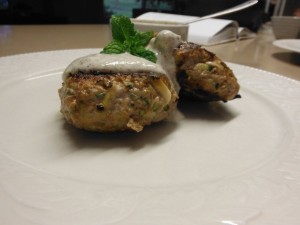 500g minced chicken, turkey, pork or pork and veal
500g minced chicken, turkey, pork or pork and veal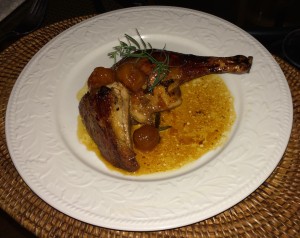
 1 Tomahawk Steak weighing 1.3-1.5kg
1 Tomahawk Steak weighing 1.3-1.5kg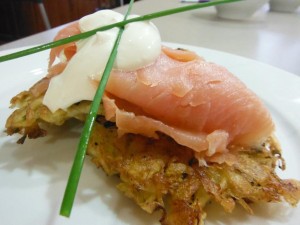
 2 eggs
2 eggs